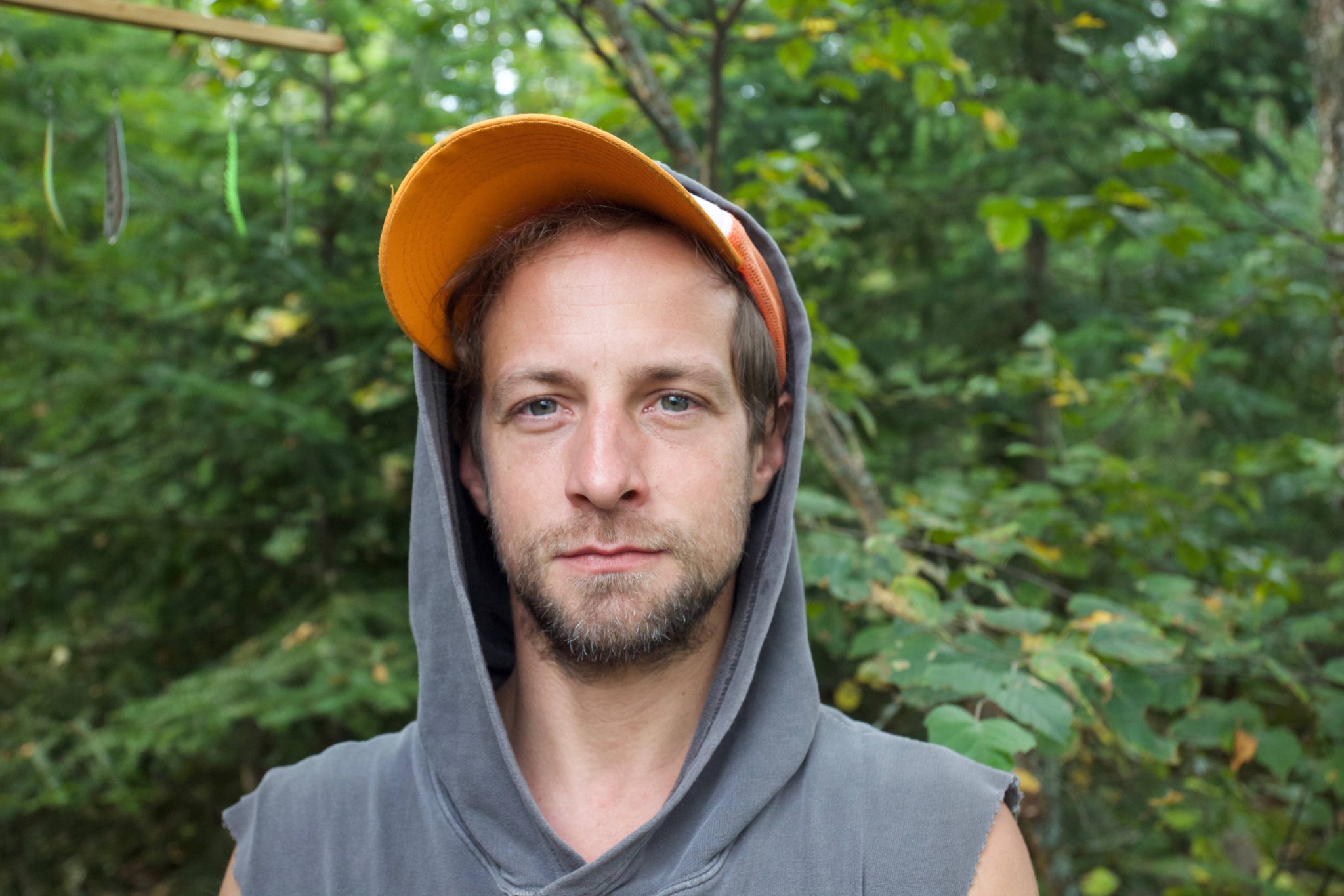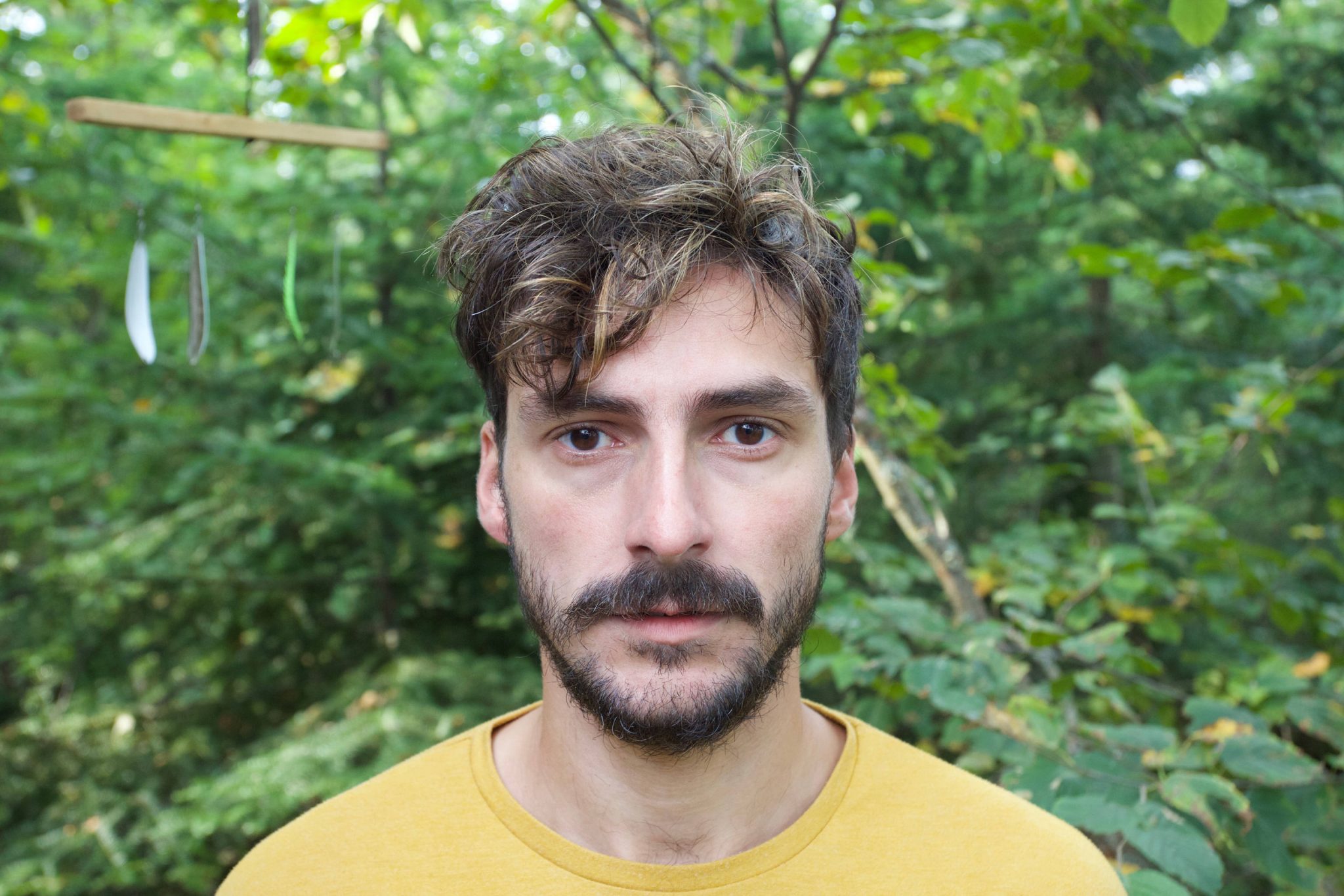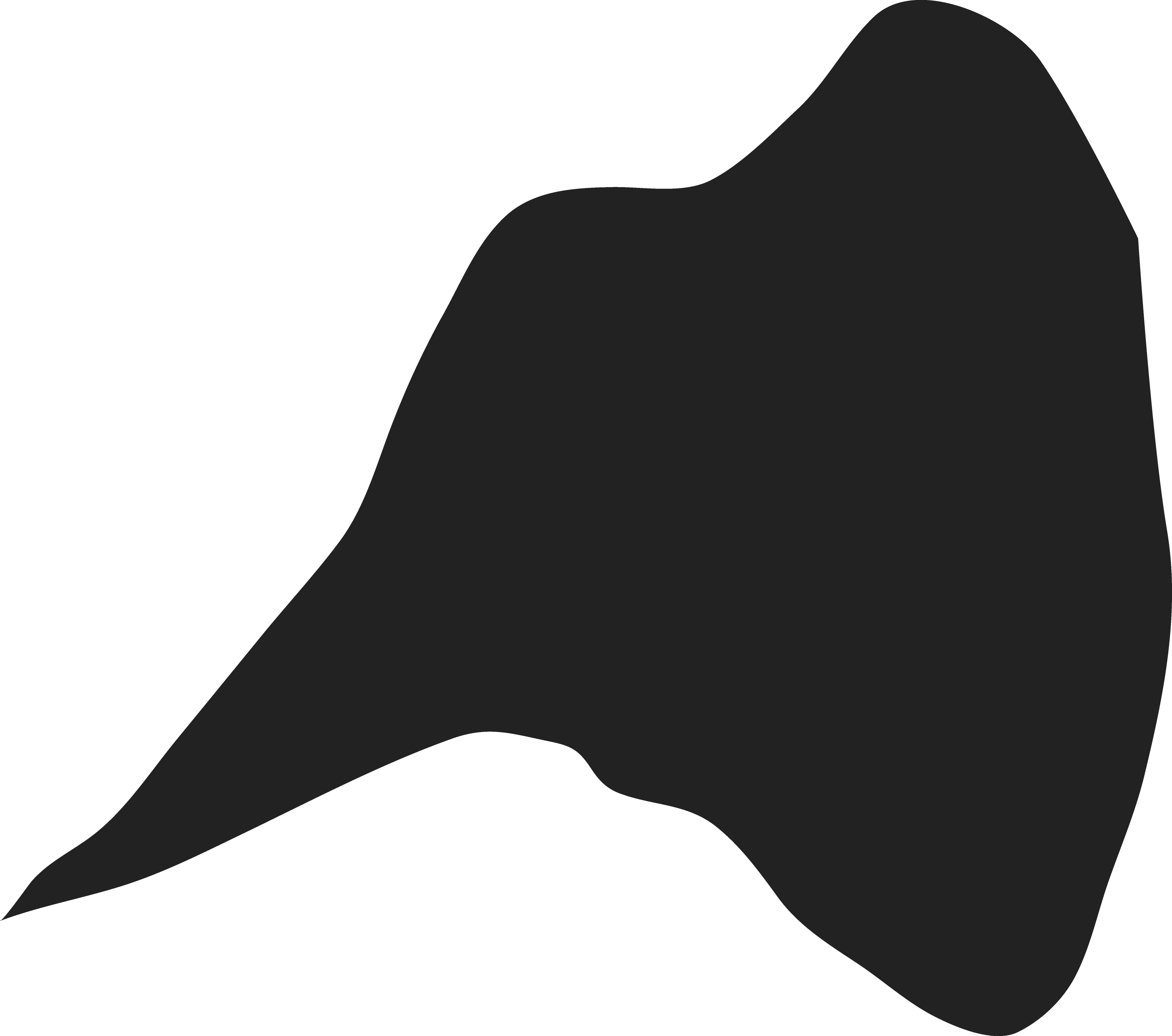Our reflections about our new project NATURE POLITICS are the result of our artistic practices: we investigate alternative thinking and acting within contemporary society. We want to transform the social architectures and the control systems and move them into changeable material.
Art is the place where society can be re-negotiated without boundaries, where we can dare to think the impossible and improbable, even to allow those utopias to coexist and to try them out together with an audience. The liveness and liveliness are crucial to our work. Performance is a way of experiencing a proposal. A method that might inspire processes of the real world. Our projects attempt to connect with political, educational or institutional organisms, extending and radicalizing the performative, getting rid of the representational position and have an impact on contemporary society.
We seek to move our work to uncanny places, to environments that provoke unusual questions and challenge them in their functionality and implicitness. Spatial practice is where we meet and this is where the representation becomes a challenge.
NATURE POLITICS
During our residency period on Rabbit Island we plan to construct a new performative work which shall be called »Nature Politics«. This is a practical investigation and a rehearsal for a new performance art work. We plan to build an experimental setup and discussions between living human beings and »natural objects«. The aim of this laboratory on site is to develop a vision for a new society and to design techniques and procedures to make this new society happen.
The French theorist and philosopher Bruno Latour developed a concept of a radical democracy. He wants to leave behind the old opposition between subjects and objects, between humans and non-humans – so called »things«. Things have become hybrids, mixed beings. According to him people and things are extremely entangled with each other. We humans depend on them, they affect us. Together we form collectives with a common destiny. Examples can be found in the medical system: The AIDS virus, the homosexuals, the virologists, the drug – they all form such an association of people and non-human beings. Or: If we look at street traffic: Speed bumps, traffic planners, cars and their drivers form another collective. Or: The Internet of Things. The more advanced the technology, the more things and people are confused.
But we still treat technology as a monster. Monsters are constructions of technical objects, which are regarded as manageable and predictable. This is the figure of the cyborg, celebrated by postmodernism. Hybrids, on the other hand, are mixtures of human and nonhuman beings that are not controllable, which are dynamic. And so they demand respect. Only when we socialize technical innovation, we transform monsters into beings. This also means making them subject to the democratic decision.
However, this interdependence between material and humans is not limited to economic or social progress or technology. Humans have always formed communities and alliances with the surrounding nature, since thousands of years actually. These communities appear to have fallen into oblivion. But maybe through our relational structure with new technology, we can re-access the connection to natural elements. Ecology is all about beings that depend on us, forests, waters, animals.
We must decide on a global scale. In which kind of nature do we want to live? Our world is a huge laboratory in which many crazy people are experimenting. We work on all sorts of dangerous things without asking the involved »things« for consent. The meat and bone meal or the cows were probably not asked for their opinion before it all lead to mad cow disease. In order to realign power structures we must rethink the institutions. The question now is which policy suits this situation. What institutions do we need for democratic nature politics. Who are the new parliamentarians and who the new lobbyists. We need to clarify who is part of the arena. The »parliament of things« might restore the balance between people and nonhuman beings.
Our work on Rabbit Island could be an example for his. First, we want to map all living and non-living beings there – everything in real or approximate numbers. This is the comprehensible society of Rabbit Island. Who might be their representatives? In an inaugural assembly, we will develop a
Charta of the fundamental rights that includes all parties. How does a constitution look like, that includes every fly, grain of sand, bush plant. We develop a fictive script of this first assembly, a portrait of the different parties and reenact possible conflicts. This will be the material for an exhibition with a performative setup, presenting results of this experiment.
The island and our procedure of a fictive listening to the different voices of nature stands exemplarily for a bigger society and a growing interest in wilderness, complex politics and alternatives and performative forms of negation.



